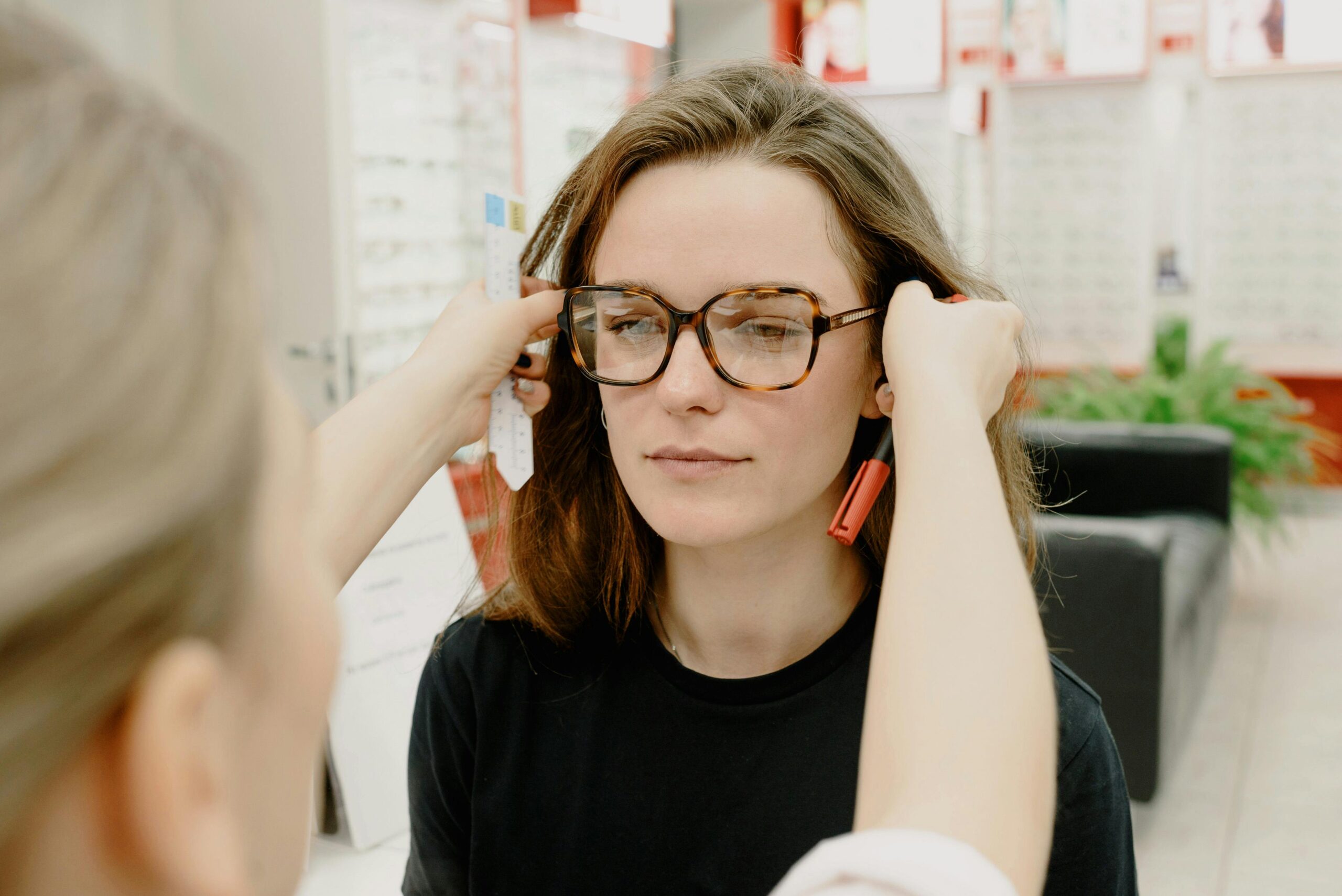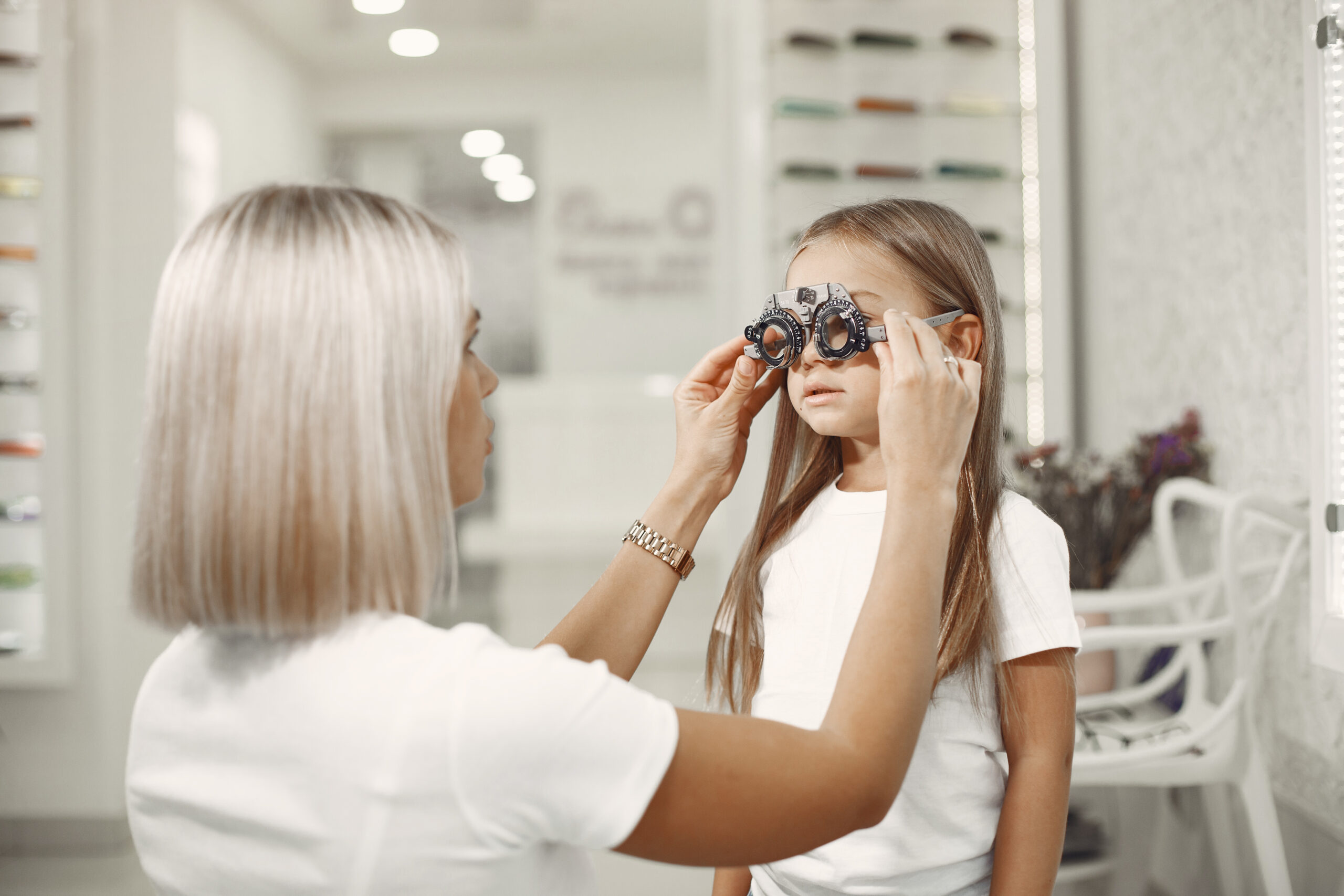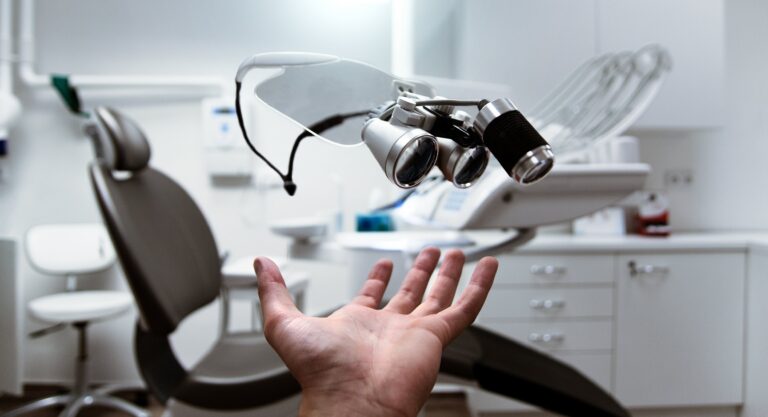Myopia Progression
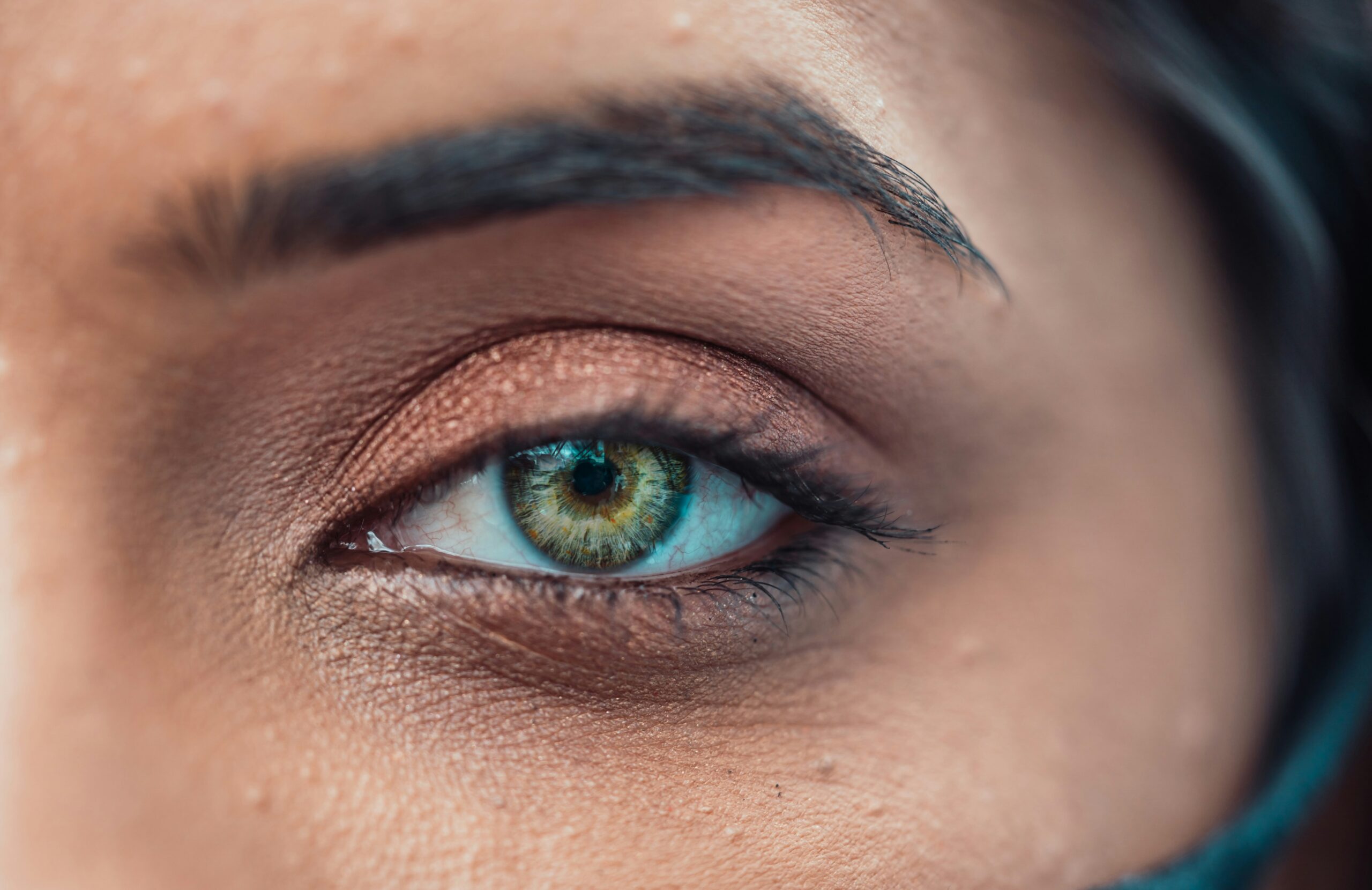
Myopia Progression
Myopia progression is not just a physical condition but also a result of visual habits and environmental factors. Smart Vision optometrists emphasise the role of visual behaviour in myopia development and progression, advocating for comprehensive strategies that include visual hygiene practices, such as regular breaks from close work, proper lighting, and encouraging outdoor activities.
Research supports this approach, suggesting that time spent outdoors can significantly reduce the risk of developing myopia. A study by He et al., published in “Ophthalmology” (2015), found that each additional hour per week spent outdoors reduced the risk of myopia among children.
Smart Vision optometrists also recommend vision therapy exercises designed to improve eye coordination and focusing abilities, potentially slowing myopia progression. These practices are complemented by traditional methods like orthokeratology and low-dose atropine drops, offering a holistic approach to managing myopia.
Understanding Myopia
Understanding myopia, commonly known as nearsightedness, is crucial for recognising its impact on vision. Myopia is a refractive error where the eye’s shape causes light rays to focus in front of the retina rather than directly on its surface. This condition results in distant objects appearing blurry while close objects are seen clearly. Factors contributing to myopia include genetic predisposition, excessive close work, and possibly environmental influences.
Symptoms often include squinting, eye strain, headaches, and a need to sit closer to see distant objects clearly.
Early detection, especially in young children, and correction with a Smart Vision wellness treatment programme can help manage and control myopia, improving quality of life and preventing further vision complications.
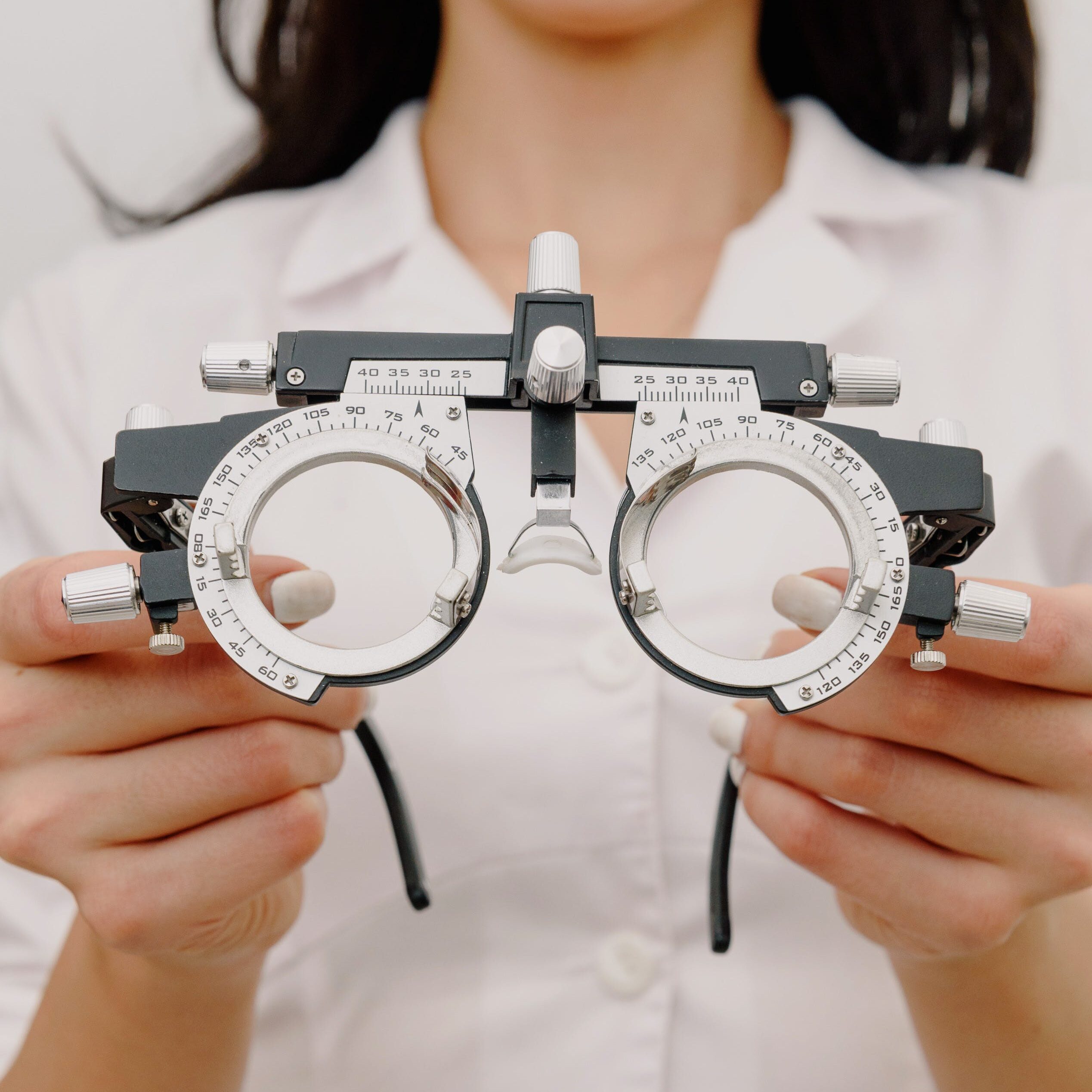
Myopia at Different Stages
What causes myopia?
it’s difficult to pinpoint the exact reason why myopia develops, but recent research indicates this condition is caused by a combination of genetic, anatomical and environmental factors, with the latter contributing significantly to its progression.
When the eye looks in the distance, it is completely relaxed. When the eye looks up close, it requires effort to focus. The muscle that controls this focus has only two actions: it can constrict (to focus on objects nearby) or it can relax (to focus on objects further away).
The strain on this muscle, which results from looking up close for too long, is one of the key factors for the development of myopia. The longer the eyes are under strain, the more they will begin to “think” that looking up close is the natural state for the eyes, and will try to change in order to relieve the constant strain. When the eyeball elongates, we don’t need to focus as hard. In other words, doing near work becomes effortless for the eyes. However, this changes the focal point in the eye and anything that is further away will appear blurry. When this happens, you’ve become shortsighted.
The latest research on myopia also shows that peripheral hyperopic blur is a factor in driving myopia progression. Think of the eye as a flawlessly round soccer ball. We see clearly because when the light focuses on the retina, it has the same focal point all the way along the arc of the back of the eye. However, when the eyeball starts to elongate, it becomes more like an oval football, then we no longer have the same focal points on the retina. This mismatch drives the growth of the eyeball even further to accommodate for the peripheral defocus. Consequently, the eye becomes more shortsighted.
That is why using single-focus distance glasses or contact lenses is the worst thing you can do to prevent or treat myopia. In fact, they often contribute to its progression. On the other hand, Orthokeratology tackles this problem by altering the shape of the cornea – or the front of the eye – so that peripheral light rays are focused accurately at the peripheral retina. Click here for a research-based comparison of different myopia prevention strategies.
The cycle of myopia
Becoming shortsighted gives us a near focus without having to use the focusing muscle. When the eyeball elongates, it reduces the strain induced while looking up close, but the eyes don’t see as clearly in the distance and activities such as driving, taking notes in class and watching TV become progressively difficult.
At this point, there is no choice but to start wearing glasses or contacts to correct distance vision. As soon as we put glasses in front of the eyes, we are neutralising the nearsightedness. This means that the advantage the eyes have given themselves up close by elongating is gone. So when we resume all of our near work with the glasses on, the eyes will again be under strain, and will again start to elongate in an attempt to relieve the strain.
If this goes on until the eyes reach a state of effortlessness while doing near work, the prescription for the glasses will have gone up again. This puts us in the same position we were in before we started with the glasses in the first place. By increasing the strength of the glasses, we are again neutralising the nearsightedness and creating a vicious cycle of increasing myopia.
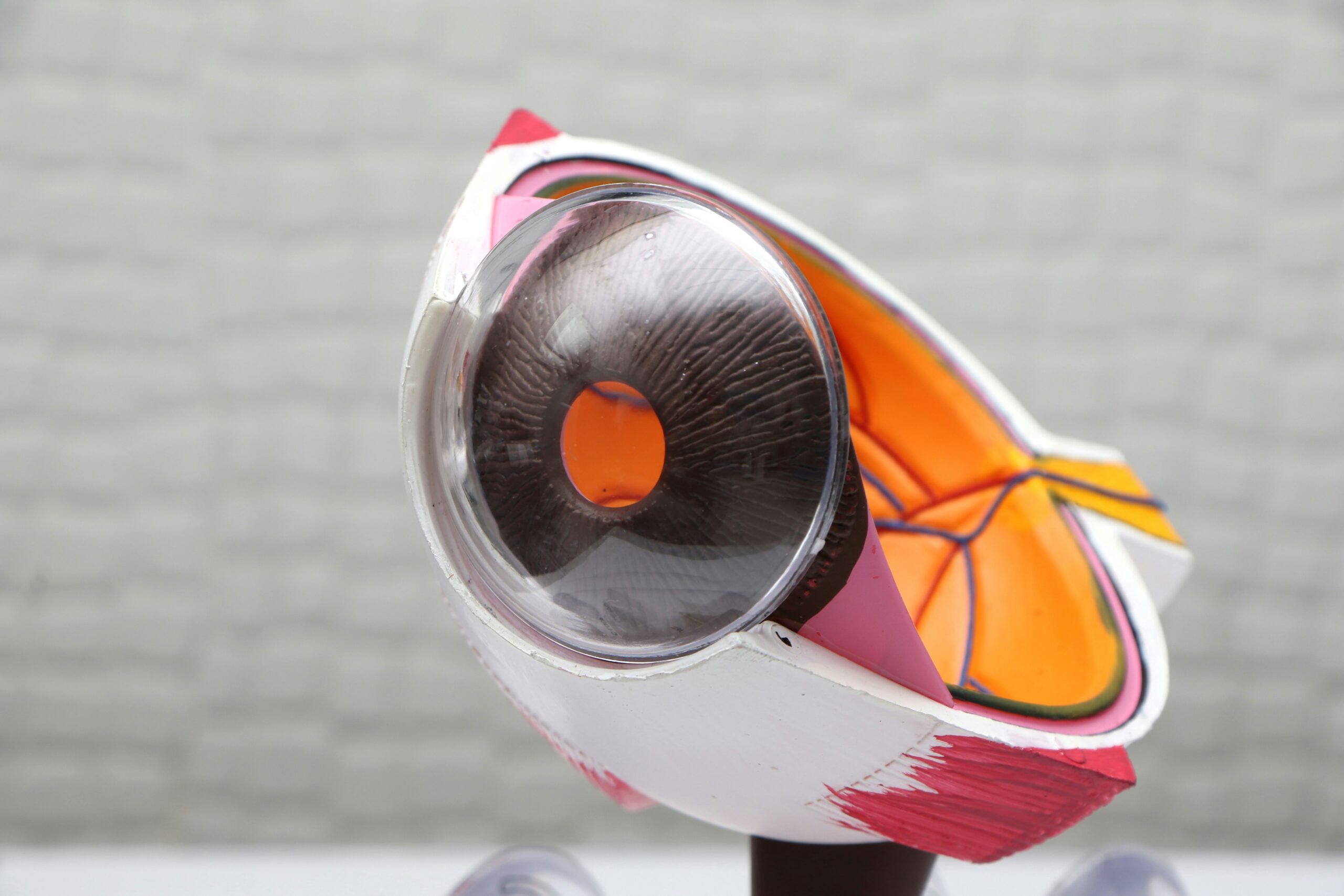
So can glasses or contacts make your eyes worse?
If you just wear single-vision distance or “minus power” lenses full time, the answer is YES. However, not using any glasses or being under corrected will also make your eyes worse. Under correction is really detrimental and people thinking they just need to give their eyes a break is a misconception.
The use of a minus lens began in the 17th century, when German astronomer and scientist Johann Kepler found that he was becoming nearsighted. He applied a negative lens to his eyes and found that it instantly made distant objects clear.
Despite evidence that full-time use of single-vision minus lenses results in progressive worsening of myopia and the requirement for stronger lenses at each subsequent eye examination, many eye care professionals still follow the tradition of the last 300 years. It offers a quick-fix solution, but only makes the problem worse in the long run as this lens doesn’t address any of the underlying causes of myopia progression based on the latest research. Therefore, wearing your minus prescription lens for close work is detrimental because it adds to the eye strain.
Using traditional lenses that do not address peripheral defocus or near point strain can worsen your vision. Similarly, under-correction and unclear vision can lead to further deterioration. Incorrect lenses, even with breaks, can negatively affect your eyes. Additionally, lenses that are too strong may increase eye strain, indirectly worsening your vision.
A recent review of current myopia management practice across the globe, presented by Professor of Optometry and Deputy Dean of Life and Health Sciences at Aston University, James Wolffsohn, surveyed almost 1,000 eye care practitioners in 12 countries and revealed that the majority are concerned about progressing myopia in their practice, yet around 50% of progressing myopes are still prescribed single vision spectacles, which have repeatedly shown no beneficial effect and are the worst option for myopia control.
Click here to learn more about prescription lens that can assist in myopia prevention and control.
We’re Here to Help
No matter your age, you’re welcome to be assessed by Smart Vision Optometry.

